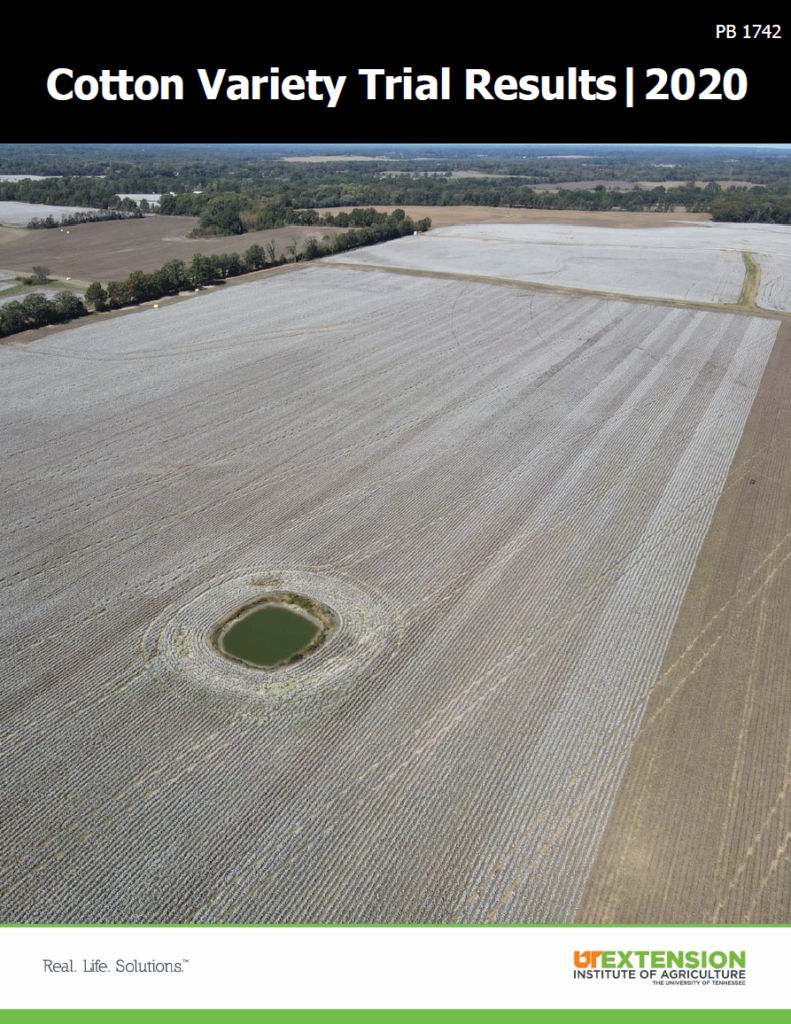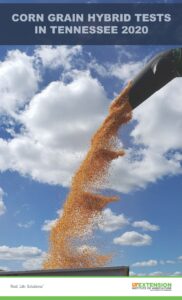 There are two VIRTUAL county meetings coming up next week that many of you may be interested in attending.
There are two VIRTUAL county meetings coming up next week that many of you may be interested in attending.
January 12, 2021: The Fayette and Hardeman County Extension Offices will be hosting a Winter Production meeting. This meeting will be held on Zoom live, and recorded starting at 9:00 a.m. The following specialists will be speaking at this meeting: Dr. Larry Steckel, UT Weed Specialist, Dr. Tyson Raper, UT Cotton and Small Grains Specialist, and Ryan Blair, Extension Area Specialist with Grain & Cotton Variety Testing. Dicamba and Paraquat training meetings via Zoom will be scheduled later. For more information including the ZOOM meeting link, contact Jeff Via at (901) 465-5233 jvia@utk.edu.
January 14, 2021: The Tipton County Extension Office will be hosting a Winter Production meeting. This meeting will be held on Zoom live, and recorded starting at 9:00 a.m. The following specialists will be speaking at this meeting: Dr. Larry Steckel, UT Weed Specialist, Dr. Tyson Raper, UT Cotton and Small Grains Specialist, and Ryan Blair, Extension Area Specialist with Grain & Cotton Variety Testing. Dicamba and Paraquat training meetings via Zoom will be scheduled later. For more information including the ZOOM meeting link, contact Becky Muller at (901) 619-3186 or rcherry1@utk.edu.


 There are two VIRTUAL county meetings coming up next week that many of you may be interested in attending.
There are two VIRTUAL county meetings coming up next week that many of you may be interested in attending.
 Preliminary data from the 2020 TN Cotton CST Data is now available. We are releasing an average table for the XtendFlex trials and the Enlist trials today. We only tested the XtendFlex and Enlist varieties together in a handful of locations. I will release the average tables from those locations later, along with results from each individual location. Also, stay tuned for the OVT small plot trial data average table which includes 44 commercial and pre-commercial varieties. The last of the OVT samples should gin during the first of next week.
Preliminary data from the 2020 TN Cotton CST Data is now available. We are releasing an average table for the XtendFlex trials and the Enlist trials today. We only tested the XtendFlex and Enlist varieties together in a handful of locations. I will release the average tables from those locations later, along with results from each individual location. Also, stay tuned for the OVT small plot trial data average table which includes 44 commercial and pre-commercial varieties. The last of the OVT samples should gin during the first of next week. 
